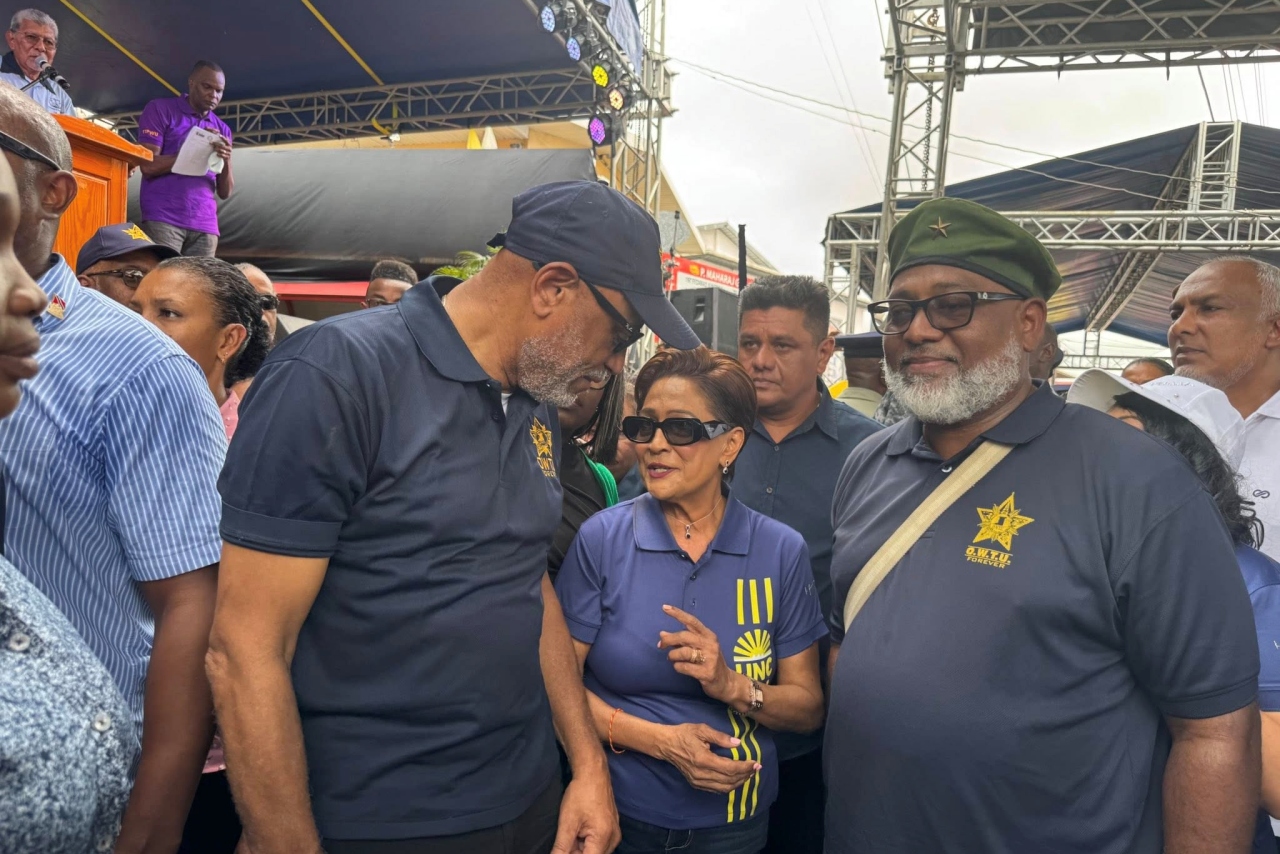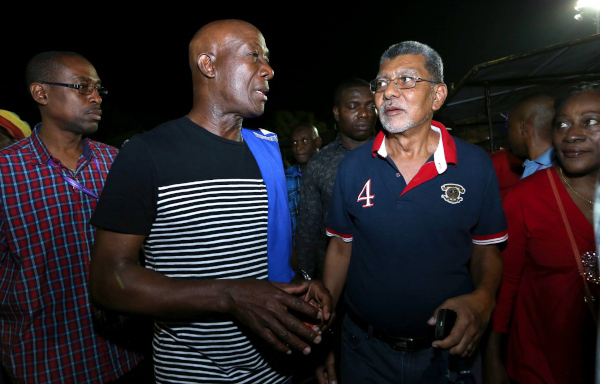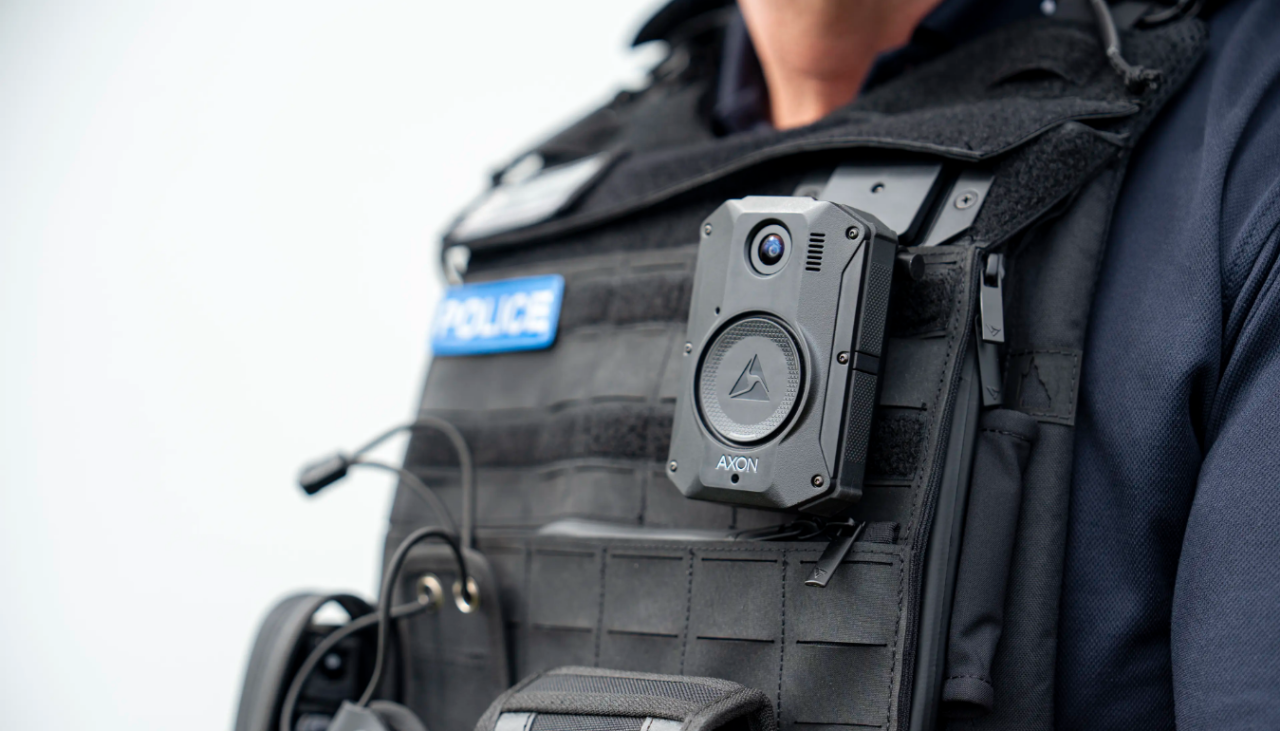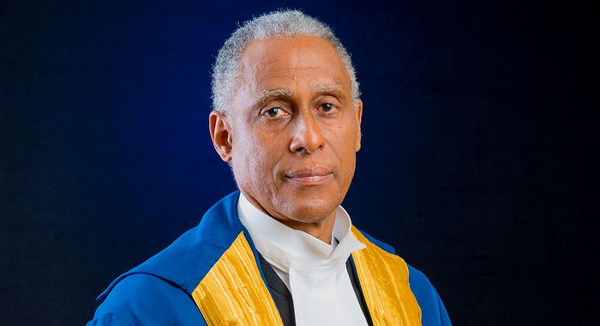“For the President to issue a Policy that restricts livestreaming, broadcasting and publication of her name and image without permission is a direct threat to freedom of expression and freedom of the press. Unlike those constitutionally entrenched rights, there is no constitutional protection for the President’s name and image.”
The following Letter to the Editor, in response to a warning regarding use of the image of President Paula Mae Weekes, was submitted to Wired868 by attorney Dr Emir Crowne, BA, LLB, LLM, LLM, PhD, LEC:

(Courtesy Office of the President)
The Office of the President of Trinidad & Tobago has released a policy entitled “Guidelines on the Use of the President’s Image” (the “Policy”). The Policy is intended to restrain use of the President’s image and likeliness without permission. Among other things, the Policy states that:
“It has come to the attention of The Office of the President of the Republic of Trinidad and Tobago that images, photographic and otherwise representative of the President Her Excellency Paula-Mae Weekes ORTT, are being used in advertisements and/or promotional material without the necessary approval. This practice is unacceptable.
“The time-honoured norm is that both the Office and the person of the President must be at all times beyond the pale of partisanship, sponsorship and endorsement. At no time should the Office or person of the President be used, represented, invoked, or referenced in any way likely to lead to any form or instance of compromise, misunderstanding, or assumption regarding the Office or person of the President.
“The Office of the President therefore advises members of the public—inclusive of advertisers, promoters, event organisers, publishers, broadcasters, practitioners and users of traditional and digital media, and all others whose functions may come into contact with the Office and/or person of the President—to refrain from use of the President’s image, name, live activity or non-public material, said use being in any media format inclusive of live-streaming, without official written permission of the President, either directly from the President or through the authorised personnel of The Office of the President.
“[…] Permission to use the President’s image, name, live appearances or non-public material should be sought by communicating in writing via postal services or email to The Office of the President at cheryl.lala@otp.gov.tt…”

(Courtesy Office of the President)
Despite including publishers, broadcasters and traditional/digital media within the Policy’s ambit, the Policy then—somewhat confusingly—concludes in the penultimate paragraph with the following exception:
“Permission is not required for the normal journalistic coverage of the President’s official activities. There is the expectation however, that such coverage will be in accordance with established professional standards and best practices.”
However, with the greatest of respect, the Policy is unconstitutional and draconian.
The Policy has conflated the issue of commercial use of the President’s name, likeness and insignia with other non-commercial uses. Even the Trade Marks Act recognises that:
“No person shall adopt in connection with any trade, business, profession or calling, as a trade mark or otherwise, any mark consisting of, or so nearly resembling as to be likely to be mistaken for—
(c) the standard, arms or crest of the President;
(d) any word or symbol likely to lead to the belief that the goods or services in association with which it is used have received or are produced, sold or performed under presidential or governmental patronage, approval or authority.” (ss. 78 (1))

(Copyright Ministry of National Security)
That restriction is concerned with the unlawful use of the President’s name, likeness and insignia in the course of trade. It does not otherwise seek to restrict the non-commercial uses of same.
For the President to issue a Policy that restricts livestreaming, broadcasting and publication of her name and image without permission is a direct threat to freedom of expression and freedom of the press. Unlike those constitutionally entrenched rights, there is no constitutional protection for the President’s name and image.
Furthermore, the Constitution immunises the President from ‘any Court’. Sub-section 38 (1) of the Constitution states that the “… the President shall not be answerable to any Court for the performance of the functions of his office or for any act done by him in the performance of those functions.”
Therefore, the Policy itself sets up a constitutional quandary. Can the President institute a Policy that, on its face, violates constitutionally enshrined rights and not be answerable to any Court for the prima facie infringement?
The Policy, if interrogated further, would prevent art, music, criticism, satire and other uses of the President’s name, image and likelihood. It is an inescapable conclusion that the Policy can be used as a tool of censorship. Having some direct familial experience with Presidents myself (RIP Uncle Noor), I can unequivocally state that when the President’s security detail tells you to stop filming, you stop filming. Even Senior Counsel can’t help.

(Courtesy Office of the President)
It is also reasonable to conclude that permission would only be granted to activities or matters that portray the President in a positive light, without any regard to the constitutional encroachments upon freedom of expression and freedom of the press that this would entail.
In my respectful view, the Policy should be revisited with a view to these competing interests, especially for an officeholder and public figure that is otherwise constitutionally shielded from the Courts.
Dr Emir Crowne is a barrister and attorney-at-law attached to New City Chambers in Port-of-Spain.
 Wired868 Wired868 for smart sport news and opinion
Wired868 Wired868 for smart sport news and opinion







Dr Crowne is correct. The position of the “Office of the President” appears designed specifically to feed the President’s (personal) egotism.
“Sub-section 38 (1) of the Constitution states that the “… the President shall not be answerable to any Court for the performance of the functions of his office or for any act done by him in the performance of those functions.” is an ouster clause, designed to avoid responsibility for personal and official actions.
The Courts have a long history with ouster clauses and have never looked at any with approval or favour. The legal position is that it is the domain of the Courts to determine what is right and what is not. Not any political office. If an ouster clause is not struck down, the Courts will construe it so narrowly as to make it defeat the intended purpose.
I daresay that if this policy is challenged, the President’s legs will not bear her weight.